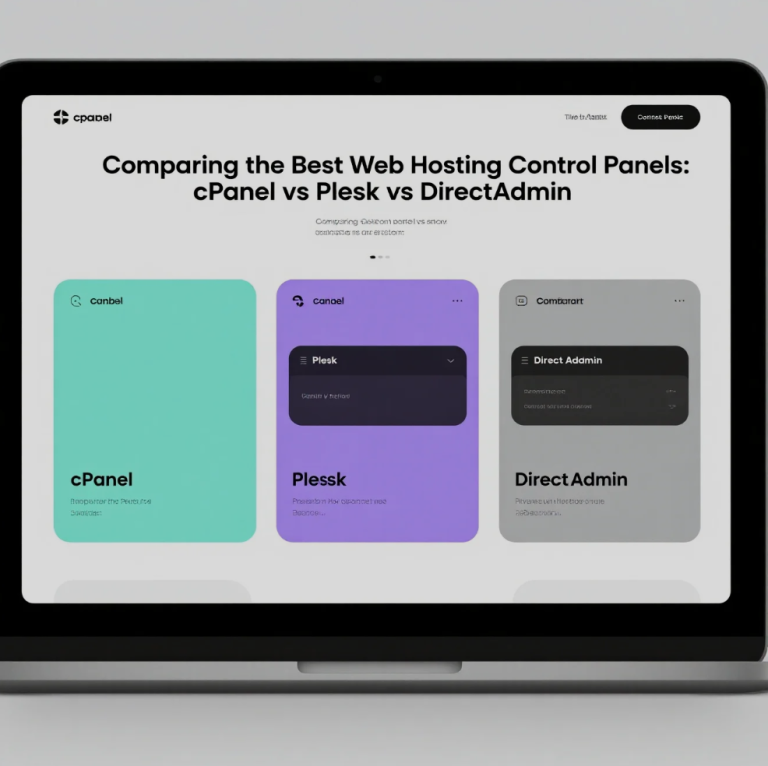
When choosing a web hosting plan, two terms you’ll often come across are bandwidth and storage. These limits play a major role in your website’s performance, cost, and scalability. Yet, many website owners don’t fully understand how they work—or how much they actually need. Let’s break down the essentials so you can make smarter hosting decisions.
🔹 What Is Bandwidth in Web Hosting?
Bandwidth refers to the amount of data your website can transfer to visitors over a certain period (usually per month).
How Bandwidth Works:
- Each time a visitor loads a page, downloads a file, or streams content, data is transferred.
- More visitors and larger files mean higher bandwidth usage.
- Hosting providers limit bandwidth to balance resources across users.
👉 Example: If your website has a 1 MB homepage and 10,000 people visit in a month, you’ll use around 10 GB of bandwidth.
🔹 What Is Storage in Web Hosting?
Storage (or disk space) is the total amount of data your hosting account can store. This includes:
- Website files (HTML, CSS, images, videos)
- Databases
- Emails (if your hosting includes email services)
- Backups
👉 Example: A blog with mostly text may only use 500 MB of storage, while a video-heavy website could require several gigabytes.
🔹 How Bandwidth and Storage Affect Your Website
- Performance and Speed
- If your bandwidth is too low, visitors may face slow load times or downtime during traffic spikes.
- Low storage can limit your ability to upload new content.
- Scalability
- Growing websites need flexible hosting plans that allow bandwidth and storage upgrades.
- E-commerce, streaming, and media-rich websites demand more resources.
- Costs
- Hosting plans with unlimited or higher bandwidth and storage often come at a higher price.
- However, paying for only what you need avoids unnecessary costs.
🔹 Common Misconceptions
- “Unlimited” Hosting Isn’t Truly Unlimited
Most providers advertise “unlimited bandwidth and storage,” but fair usage policies still apply. Overusing resources may result in throttling or extra charges. - Storage Is Less Important for Lightweight Sites
If your site is text-focused (like a personal blog), storage won’t be a major concern. Bandwidth usually matters more. - High Traffic Doesn’t Always Mean High Bandwidth
Well-optimized websites (compressed images, caching, CDNs) can handle more visitors with less bandwidth.
🔹 Tips for Managing Bandwidth and Storage
- Use a Content Delivery Network (CDN) – Reduces bandwidth usage by caching and distributing files globally.
- Compress Media Files – Optimize images and videos to save storage and speed up load times.
- Monitor Usage – Most hosts provide dashboards to track monthly bandwidth and disk usage.
- Choose the Right Hosting Plan – Match your expected traffic and content needs to the resources offered.
- Upgrade When Needed – If your site grows, be ready to move from shared hosting to VPS or cloud hosting.
✨ Final Thought
Understanding bandwidth and storage limits is essential for choosing the right hosting plan and avoiding slowdowns, unexpected costs, or downtime. By estimating your website’s needs, optimizing performance, and scaling wisely, you can ensure a smooth and reliable experience for your visitors.



